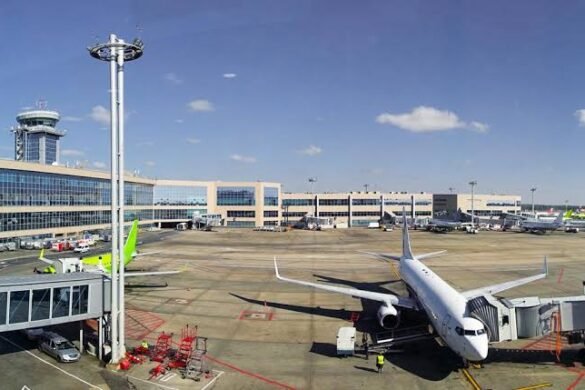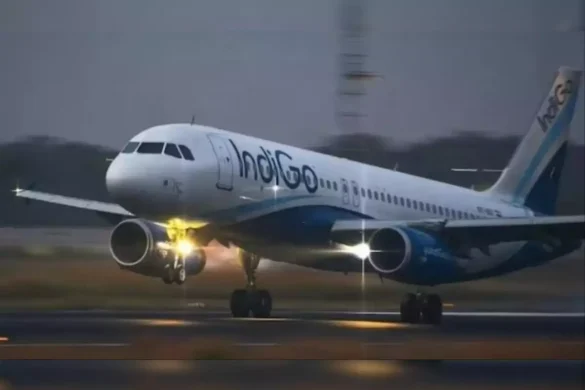In a harrowing incident that unfolded in Marindia, southern Uruguay, a Pipistrel Virus SW 121 aircraft with the registration CX-FYJ found itself in a precarious situation earlier today. While carrying out a maneuver known as “corkscrewing,” the aircraft encountered difficulties, prompting the activation of its emergency parachute system. The dramatic turn of events culminated in the aircraft becoming entangled in vegetation upon landing, raising questions about the safety of such maneuvers and the reliability of emergency systems.
The Pipistrel Virus SW 121, a light aircraft renowned for its efficiency and performance, encountered unforeseen challenges during the maneuver, leading the pilot to resort to activating the emergency parachute as a precautionary measure. While the specifics of the incident are still under investigation, the activation of the parachute likely prevented a more catastrophic outcome, potentially saving lives and averting a more significant disaster.
The concept of deploying an emergency parachute to slow the descent of an aircraft in distress is not new, but its effectiveness in real-world scenarios is often put to the test in moments of crisis. In this instance, the swift action taken by the pilot to deploy the parachute demonstrates the critical role of emergency systems in ensuring the safety of flight operations, especially during high-risk maneuvers or when faced with mechanical failures.
The incident serves as a sobering reminder of the inherent risks associated with aviation and the importance of rigorous training, preparedness, and adherence to safety protocols. Pilots undergo extensive training to handle emergency situations and are trained to make split-second decisions that can mean the difference between life and death. In this case, the pilot’s ability to react promptly and decisively likely mitigated the severity of the situation.
While the exact cause of the aircraft’s difficulties during the corkscrewing maneuver remains unclear, investigations will undoubtedly shed light on any mechanical issues, human factors, or environmental conditions that may have contributed to the incident. Such investigations are essential for identifying potential safety hazards and implementing corrective measures to prevent similar incidents in the future.
The incident also underscores the importance of ongoing efforts to enhance aviation safety standards and regulations, ensuring that aircraft manufacturers, operators, and regulatory authorities work collaboratively to mitigate risks and uphold the highest safety standards. Lessons learned from incidents like this serve as valuable insights for improving safety protocols, enhancing training programs, and refining emergency response procedures across the aviation industry.
As the investigation into the incident unfolds, stakeholders within the aviation community will closely scrutinize the findings to glean insights into potential areas for improvement and to reinforce their commitment to ensuring the safety and integrity of air travel. While emergencies are an inherent risk in aviation, proactive measures and continuous vigilance are essential for mitigating those risks and preserving the safety of passengers and crew alike.



